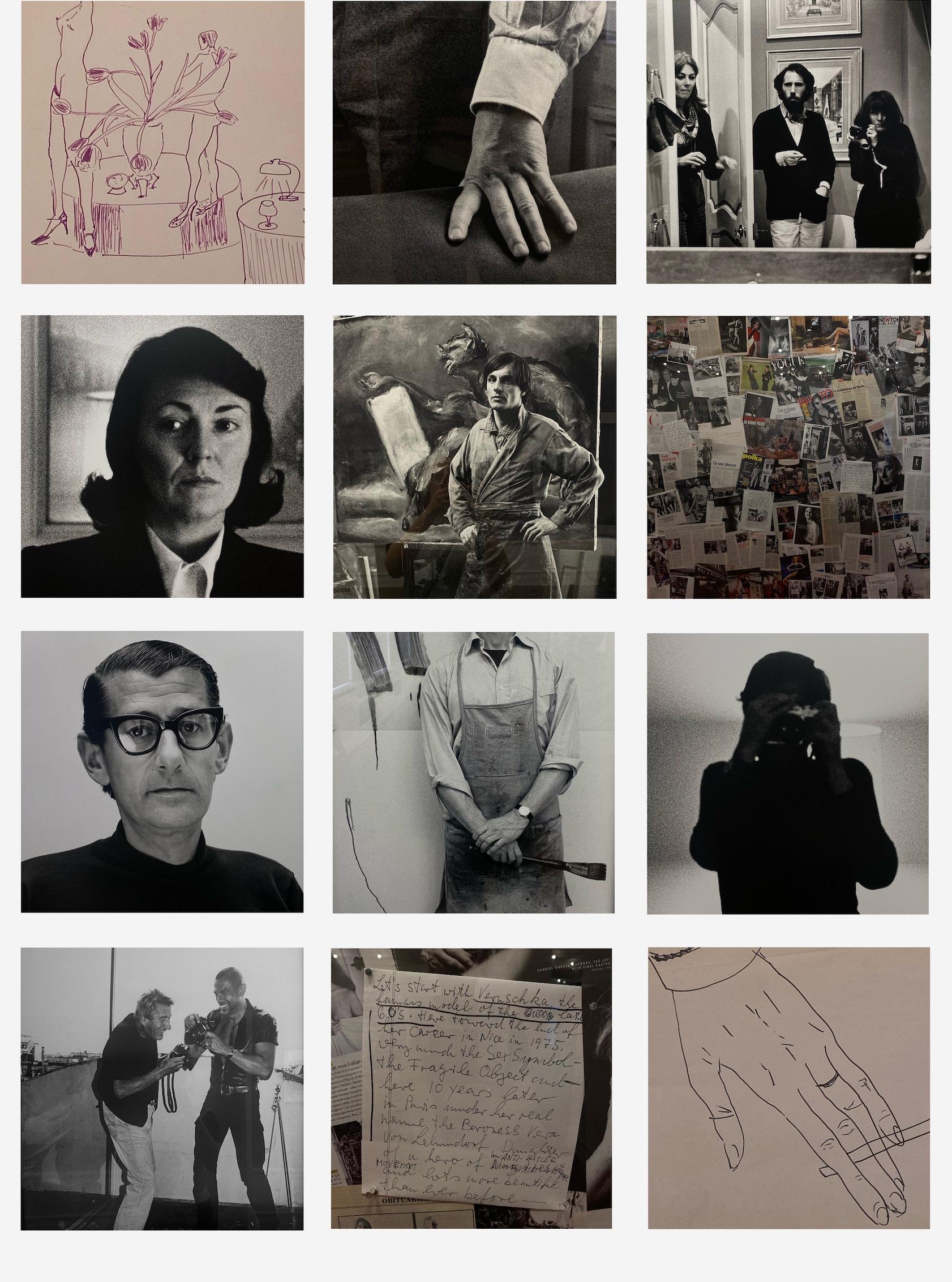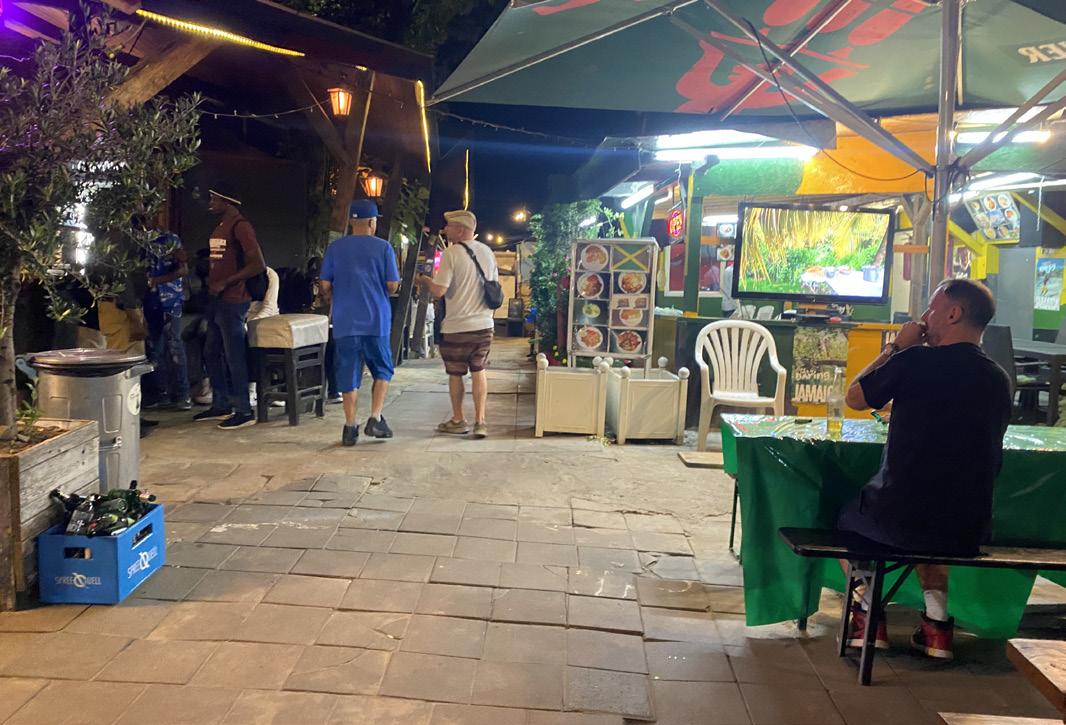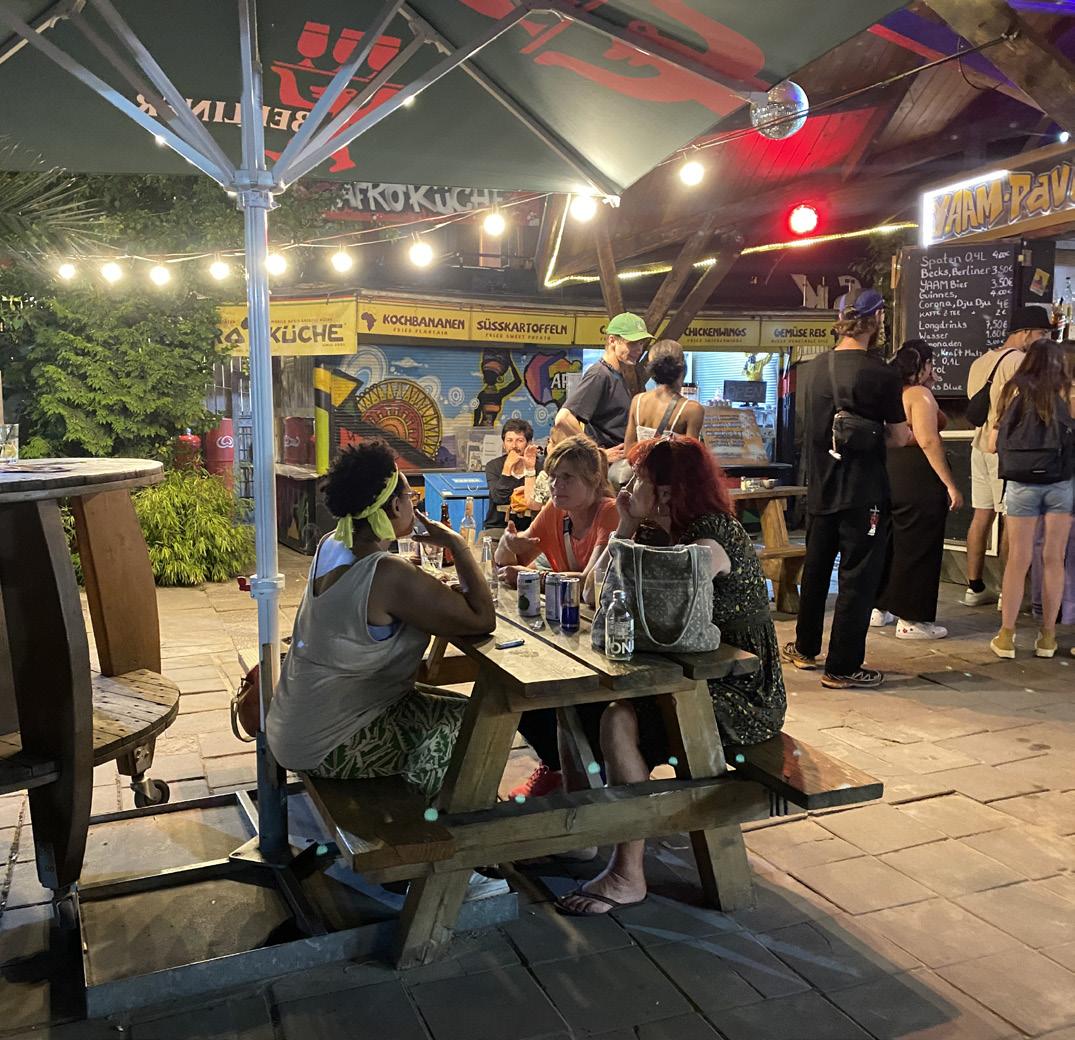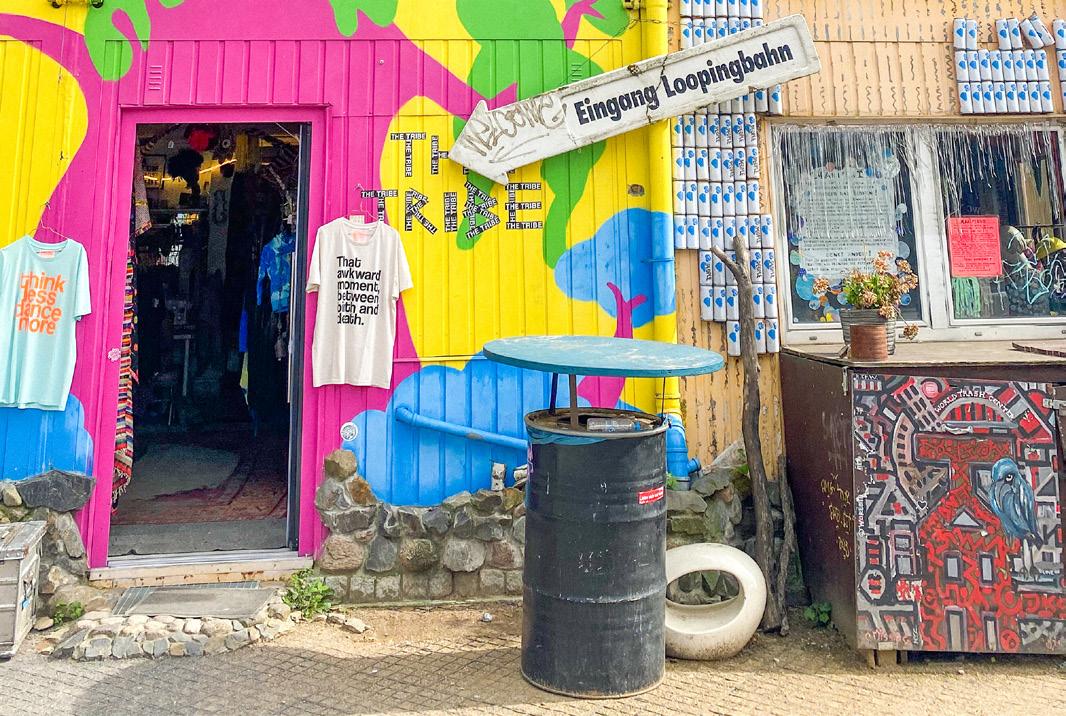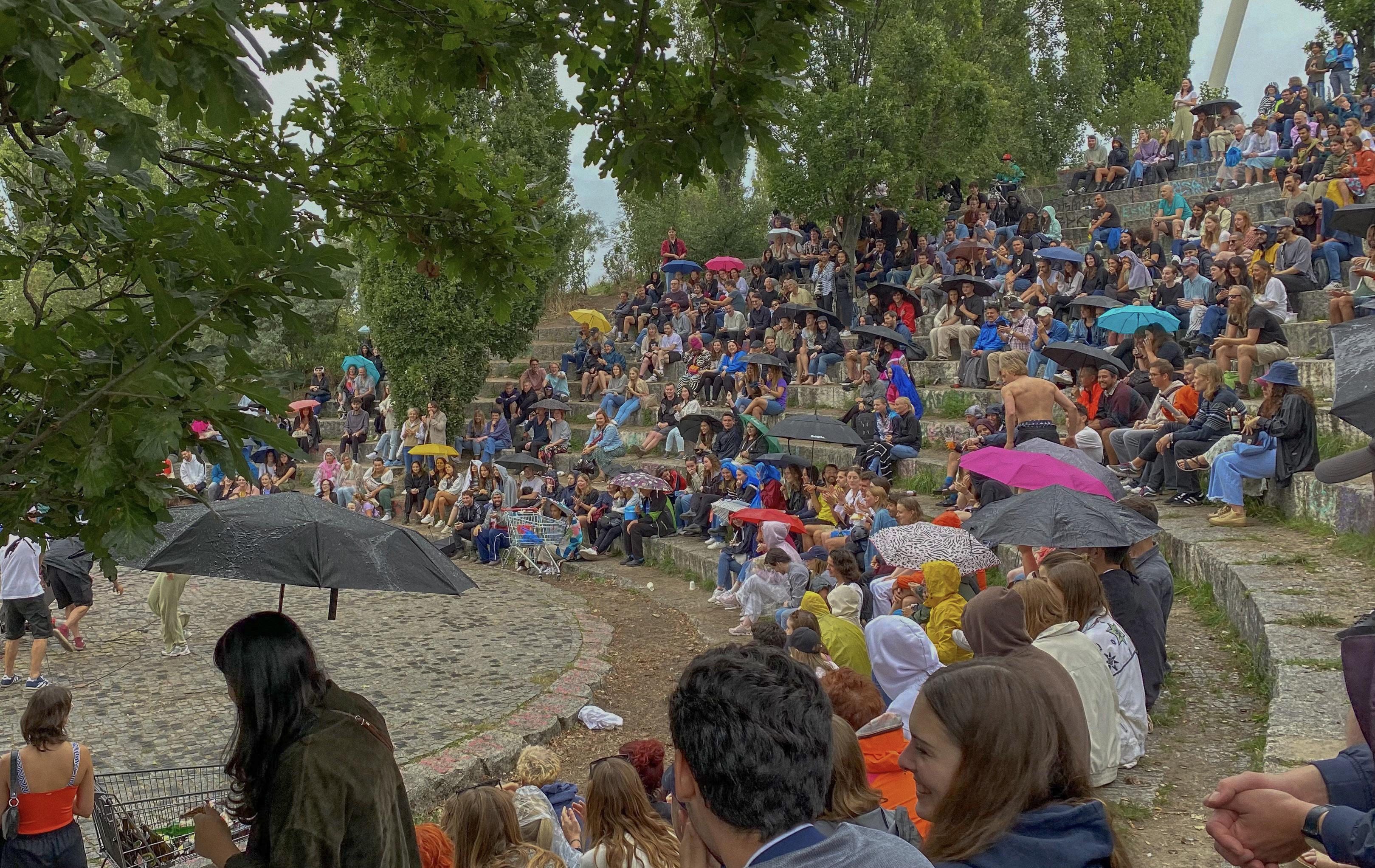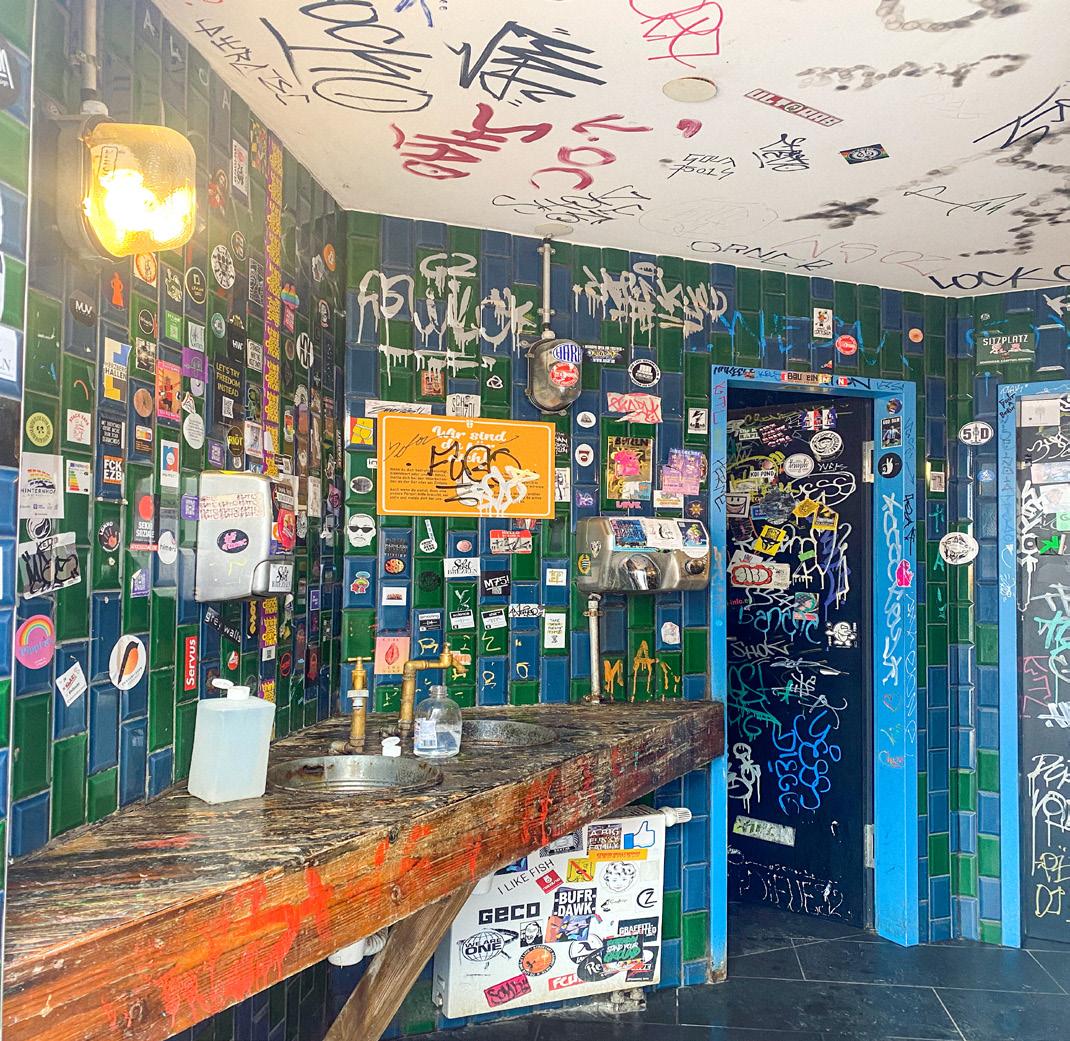DEFINE BERLIN if you dare



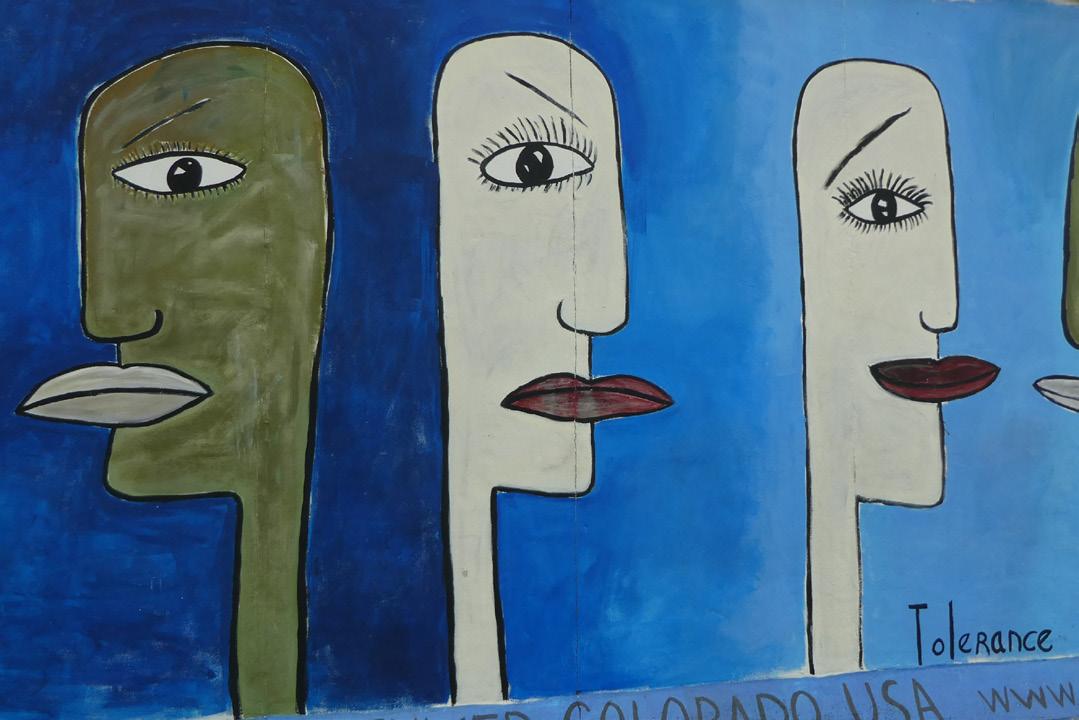
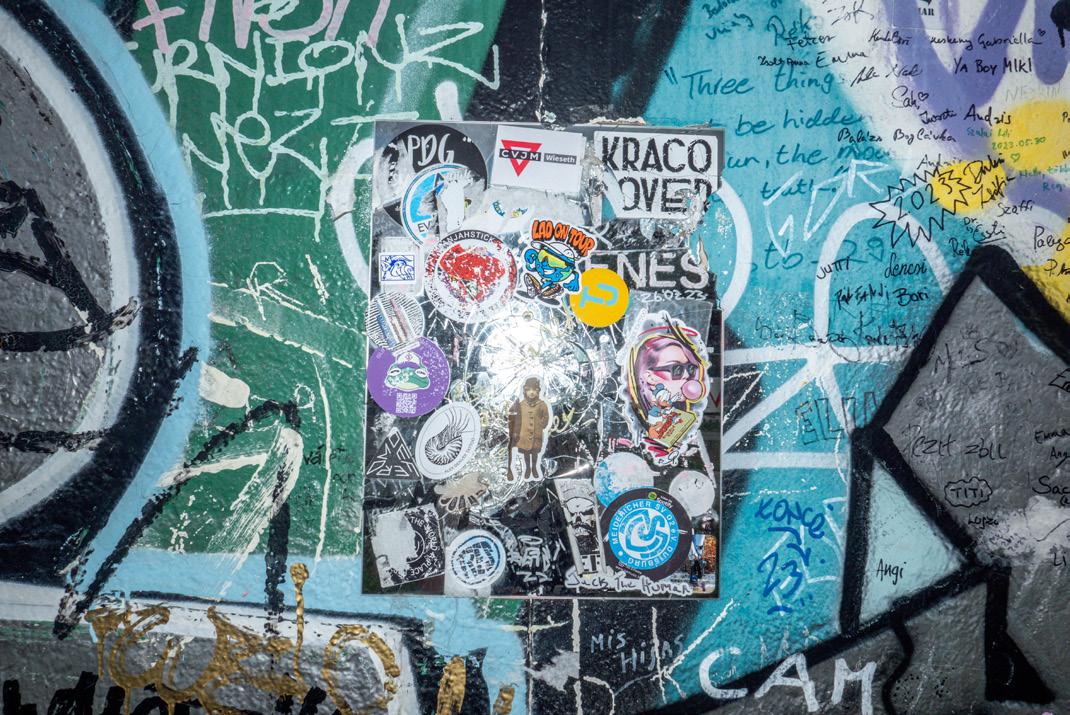
The East Side Galley is the longest continuous stretch of the Berlin wall remaining, with the 3.5 metres high wall running for 1316 metres along the River Spree. When the wall came down in 1989, artists began painting large sections and it opened as an offical open air gallery the next year. It has come to reflect the city’s determination to overcome the hardship it has endured.
When visiting, you are able to freely walk alongside the wall, and observe the 105 artworks. Wandering along provides a commentary on the ideas, emotions and events borne out of Berlin’s division. Some messages are clearly inscribed on the wall, speaking directly to the viewer. Elisa Budzinski’s piece incites action, with the bold, black words ‘He Who Wants the World To Remain as it is doesn’t want it to remain at all’. Ines Bayer and Raik Hönemann’s piece demands us to overcome prejudices, with the slogan ‘Many walls need tearing down’. Some messages are evoked with more subtle visuals. Kani Alavi’s ‘It Happened in November’ depicts the events of November 9,1989 itself: the powerful surge of crowds passing through the wall for the first time in 28 years, following Berlin’s division captures the urgency of the people to overcome division. ‘Waterfall’, by Imre Gábor, is a beautiful abstract blue painting which uses imagery of water as a symbol for revolution.
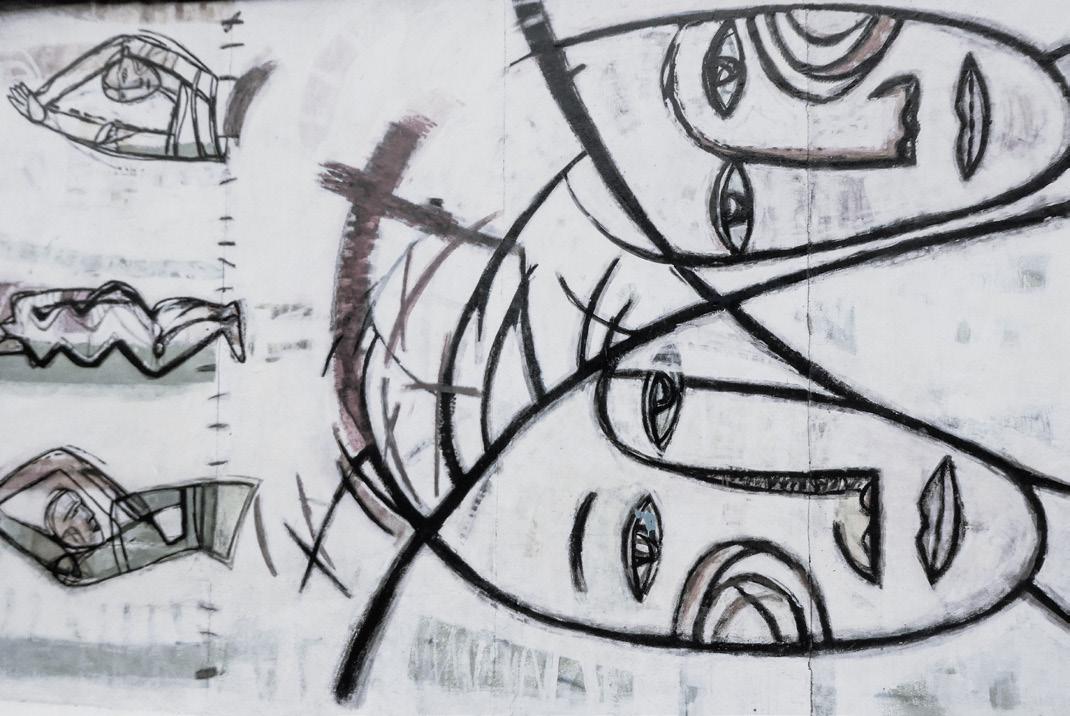
From both sides clear, unified messages emerge from the separate artworks: demands for freedom and condemnations of war, violence, and oppression. The euphoria and hope that came with the dismantling of the wall is clear from the expressive styles and powerful slogans. The wall captures the city’s painful history and its hopeful spirit for change. WA
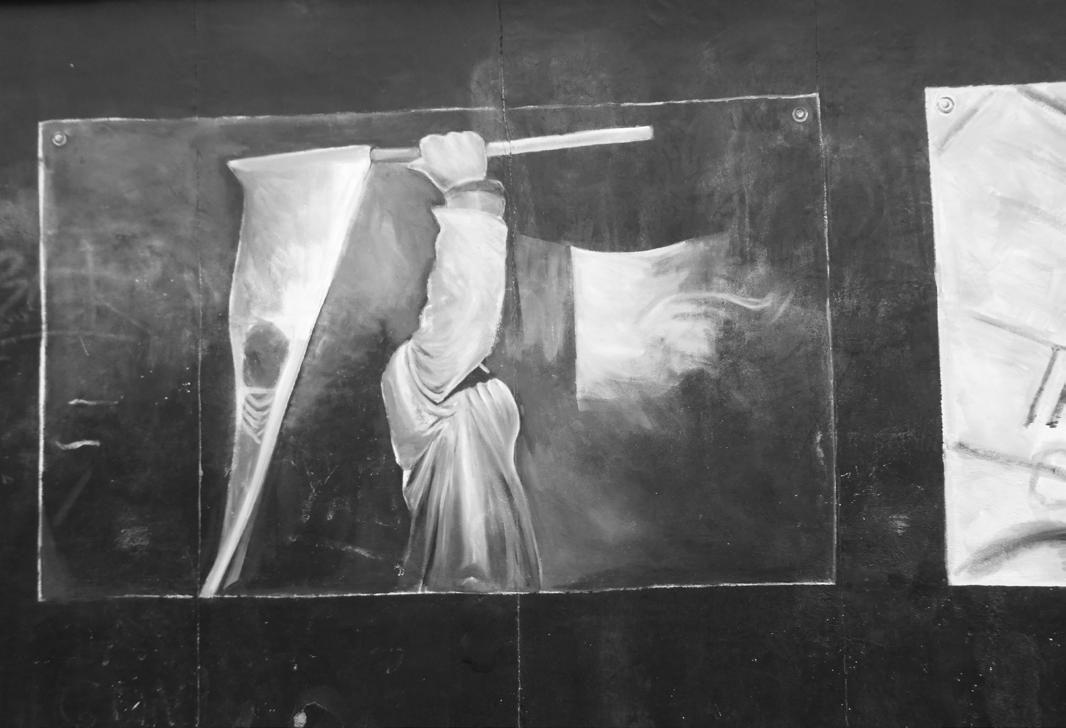
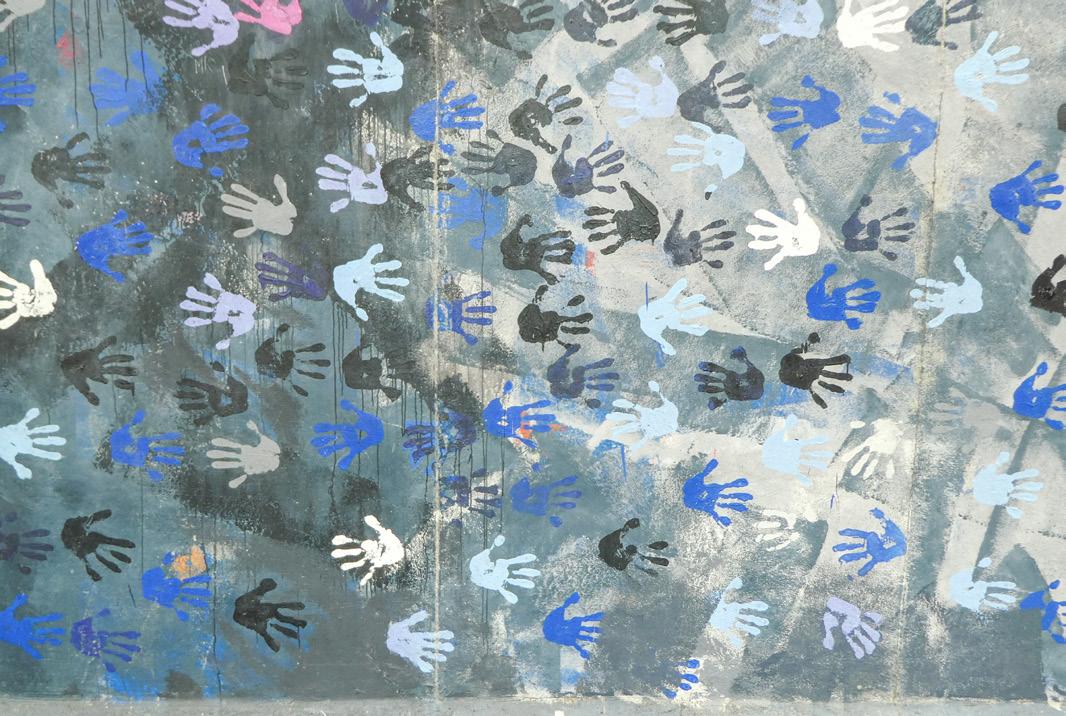
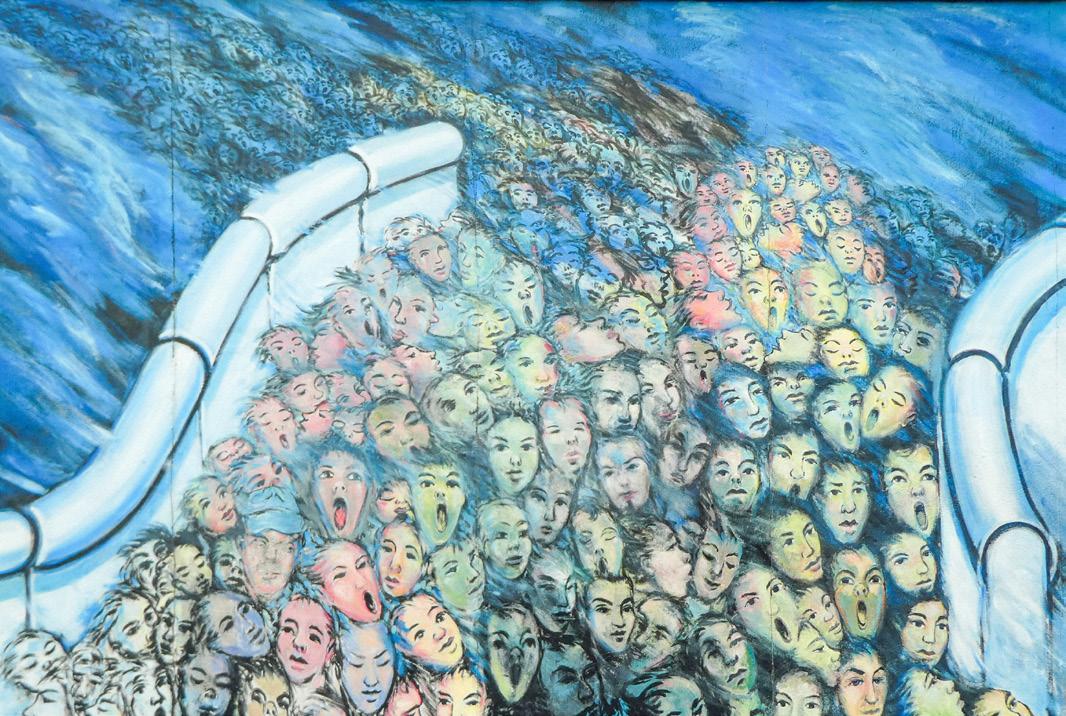
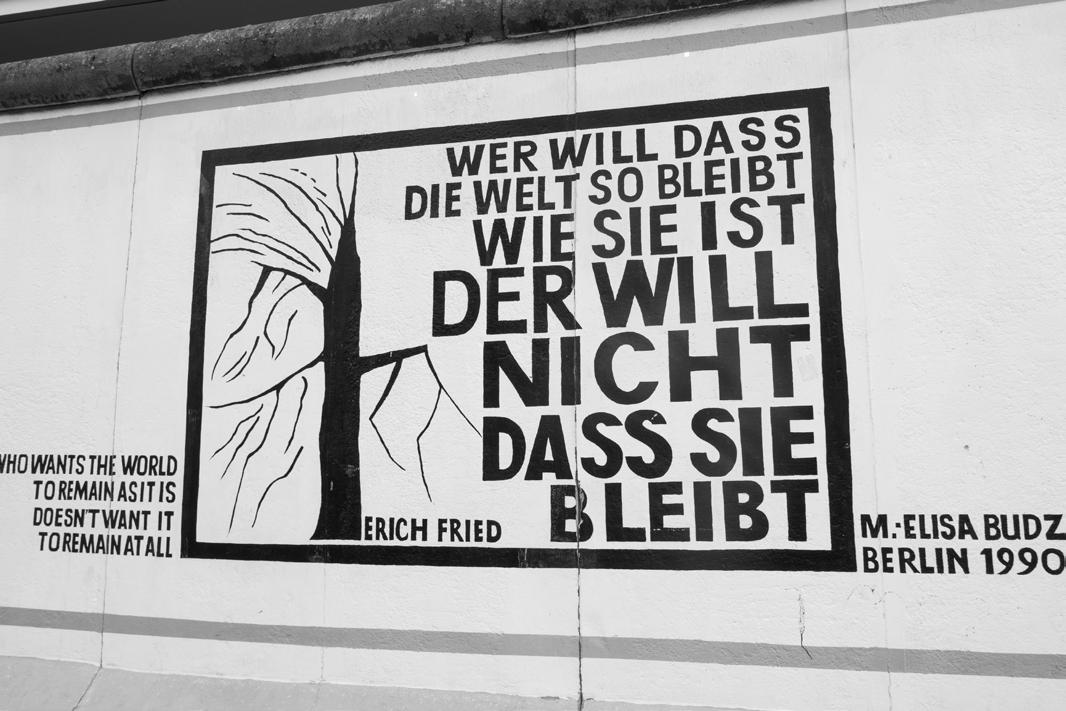
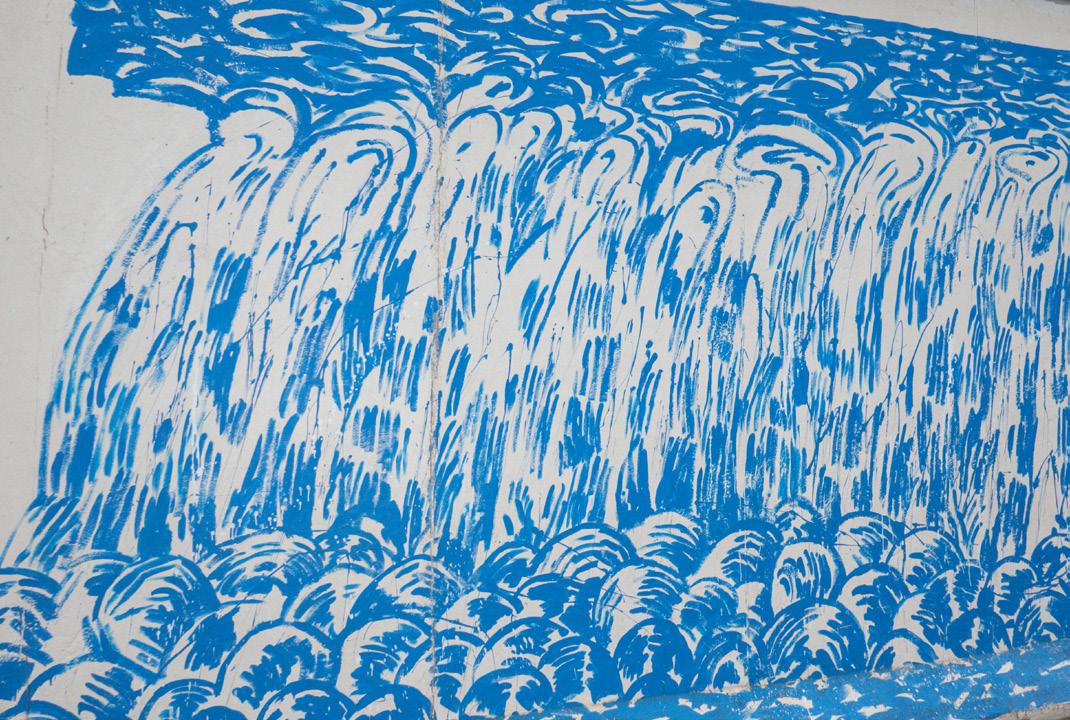
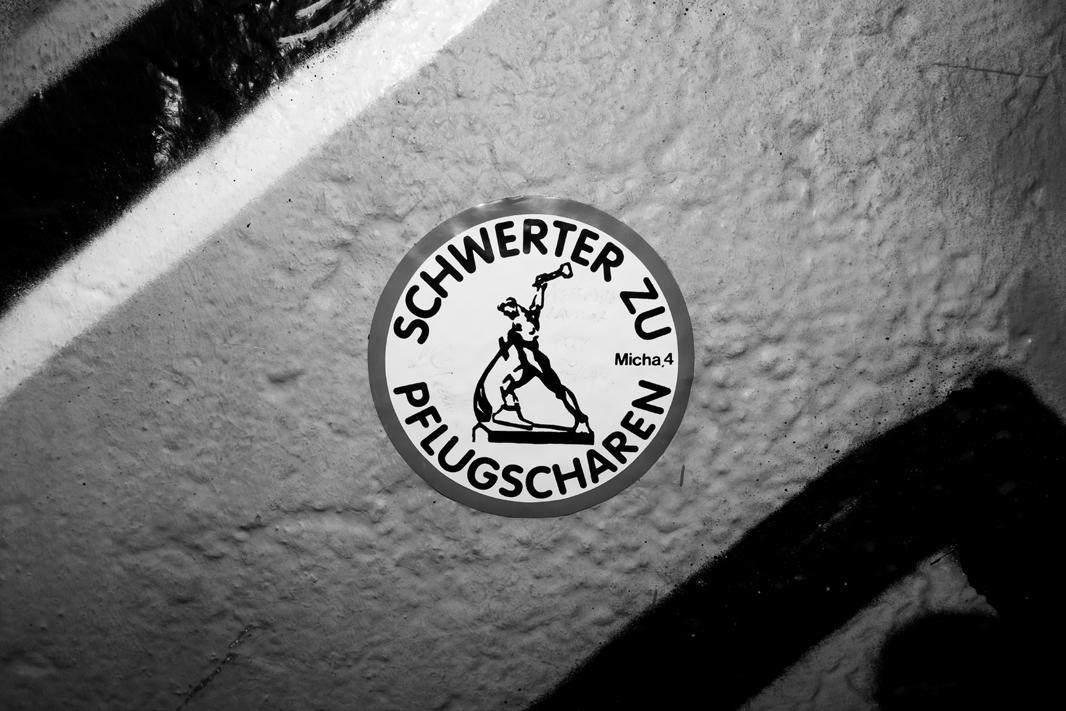
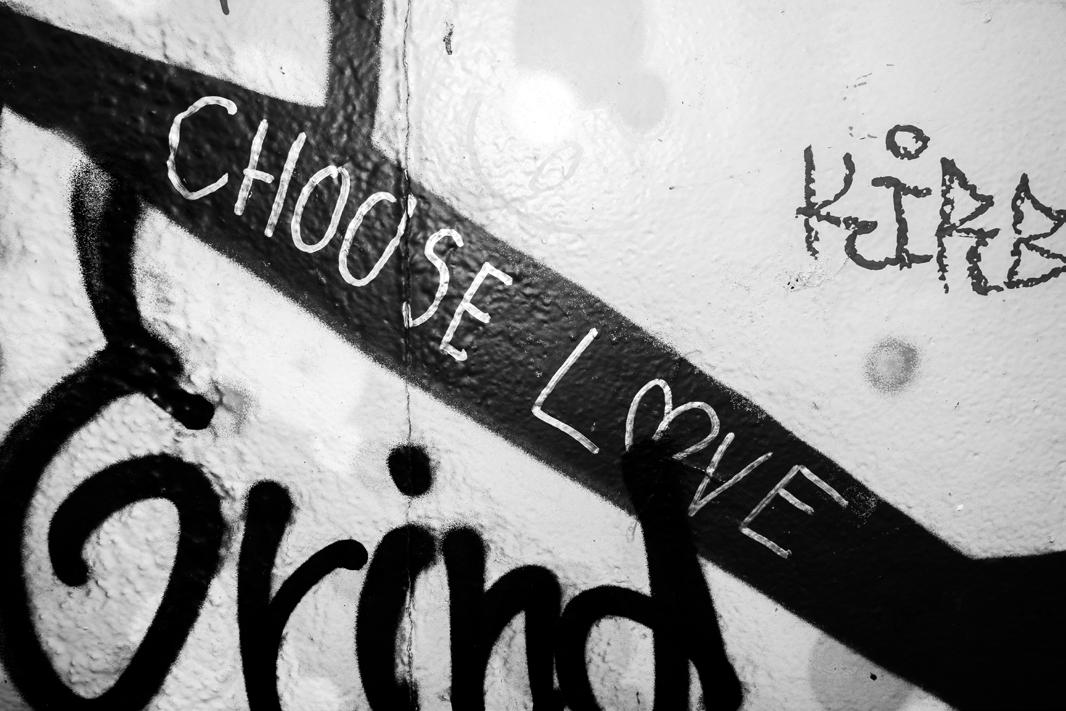

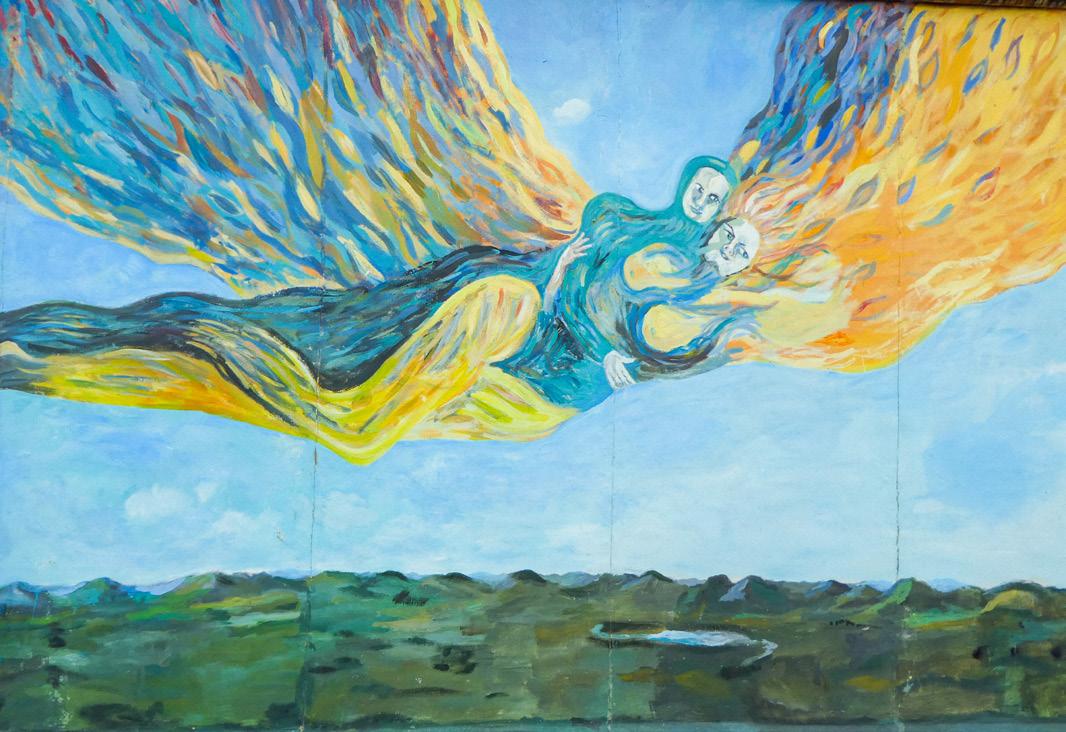





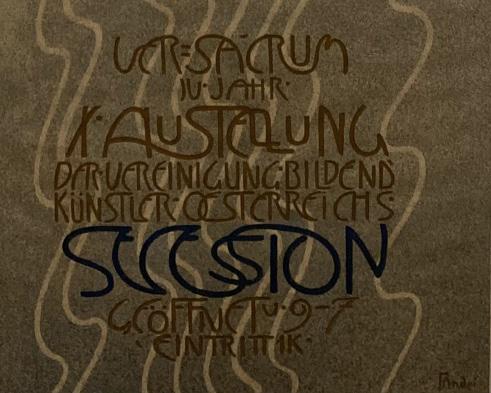
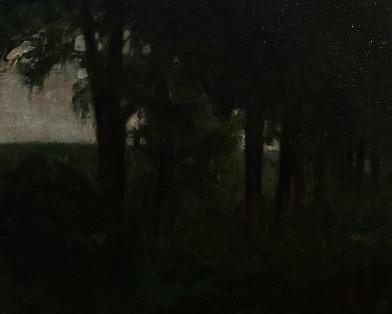
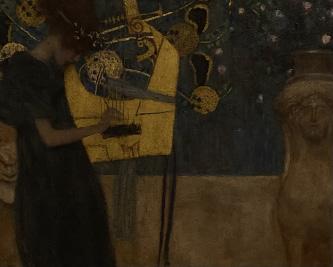
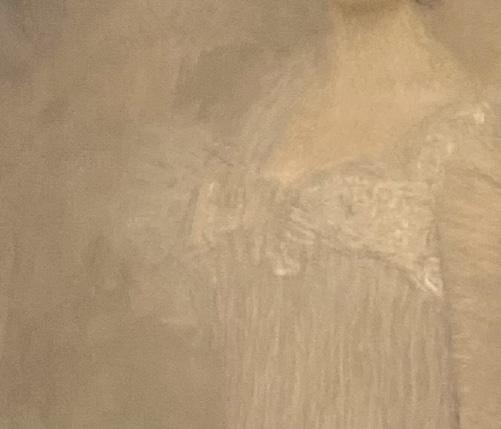
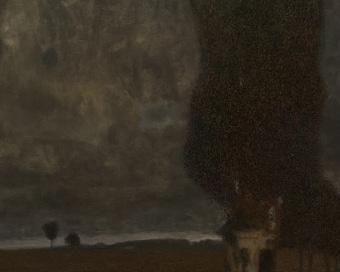
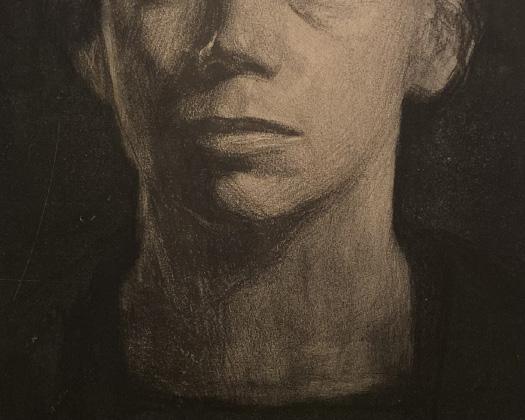
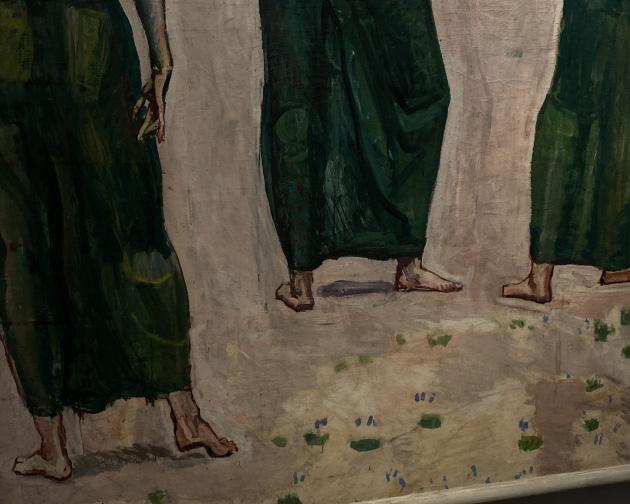
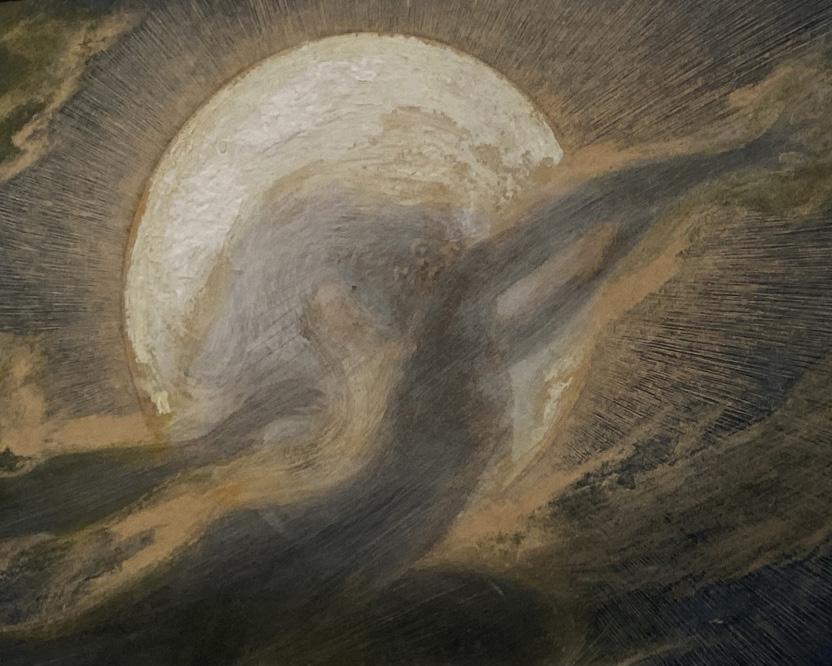
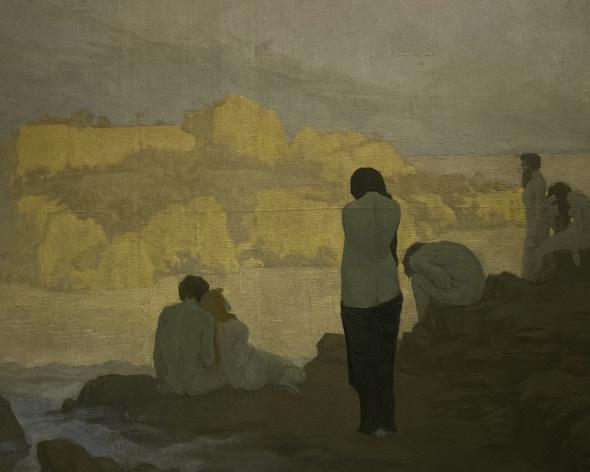
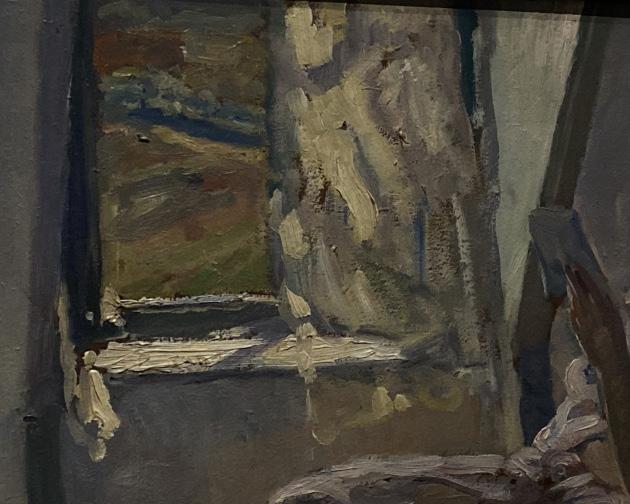
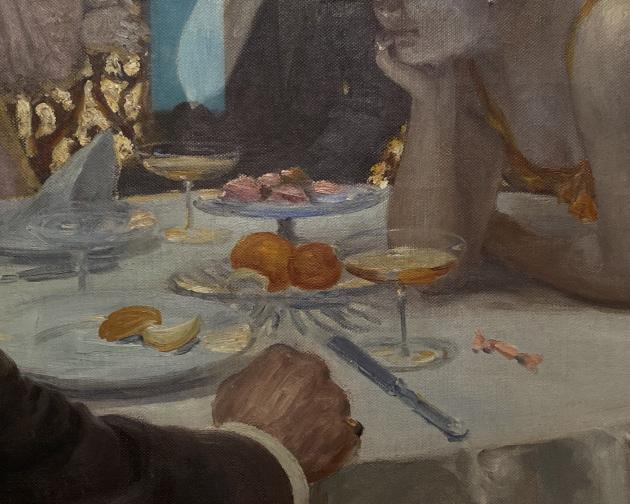
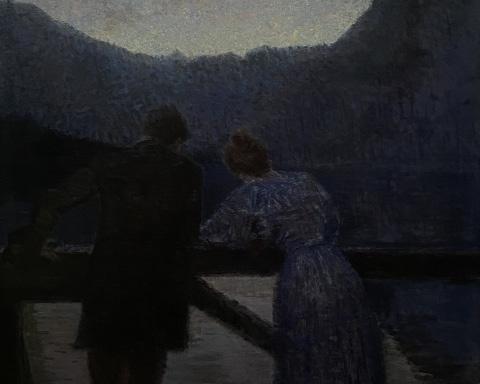
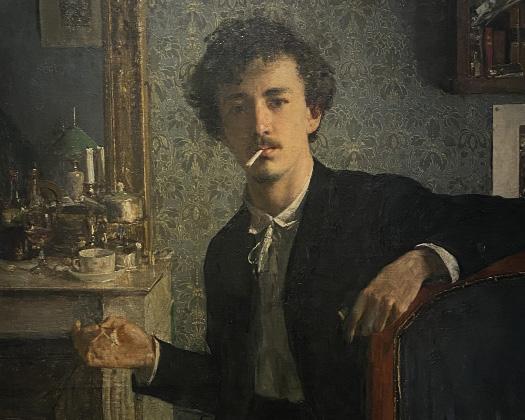
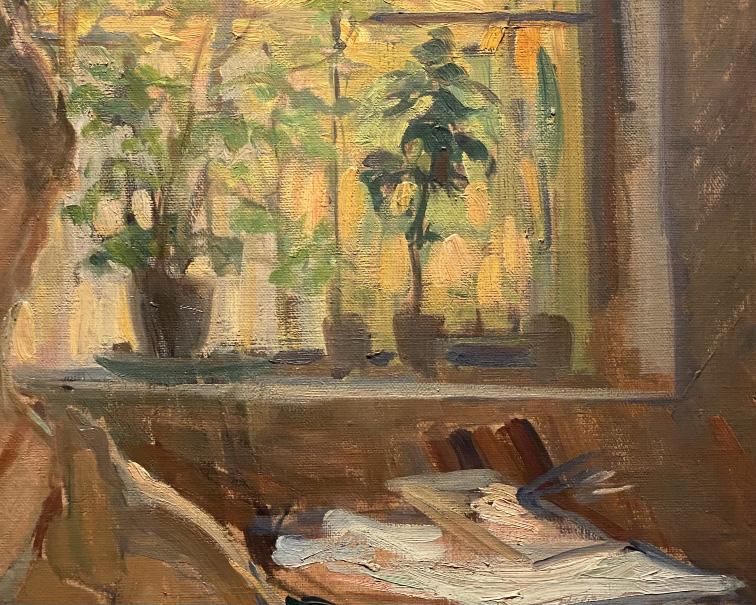
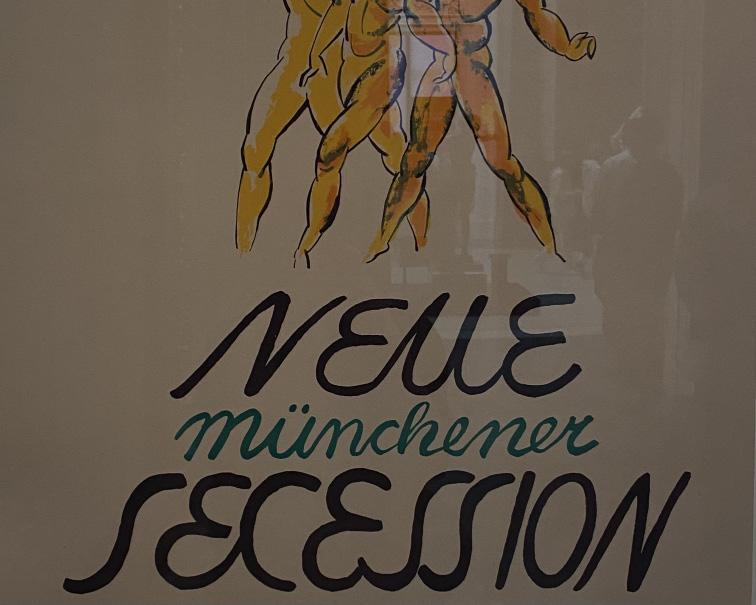
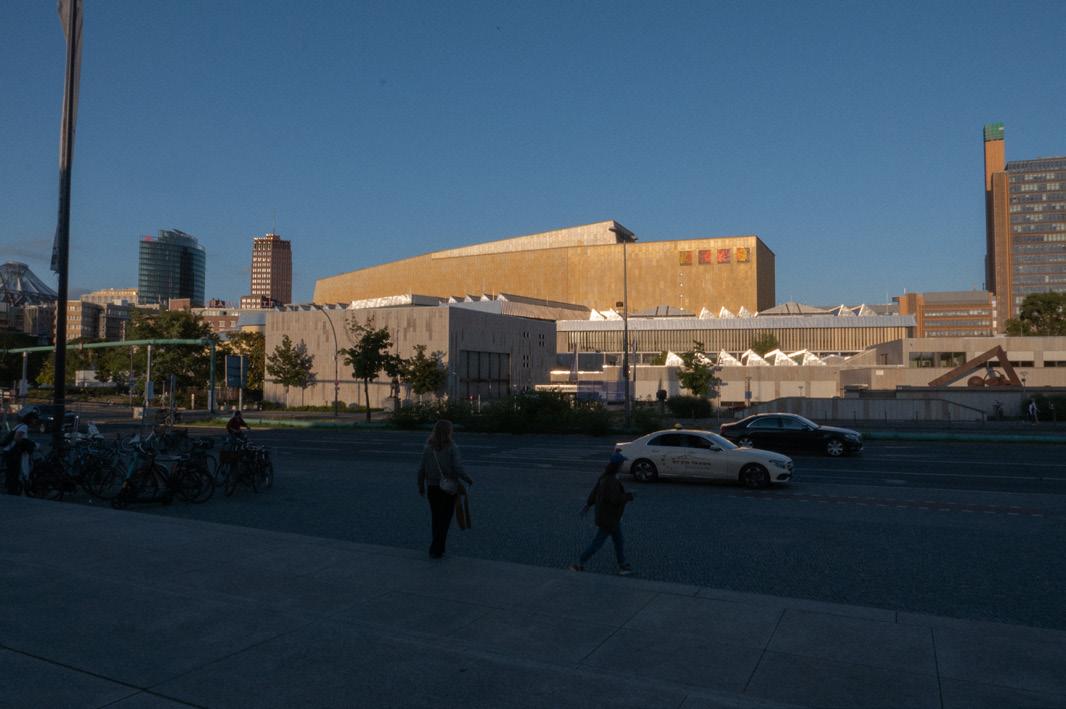
The Neue Nationalgalerie lies in the Kulturforum: an area of impressive architecture and creative spaces. The Neue Nationalgalerie is no exception and the building itself is a work of art. It is a single story, steel and glass structure that was built between 1965 and 1968. It was designed by German-American architect
Ludwig Mies van der Rohe, with the aim to create a ‘universal space’: an open plan environment with minimal structural support.
The building was refurbished between 2016 and 2021, with its facilities modernised and aspects of its infrastructure replaced. However, the changes followed the principle ‘as much Mies as possible’ to preserve as many elements of the original building as possible.
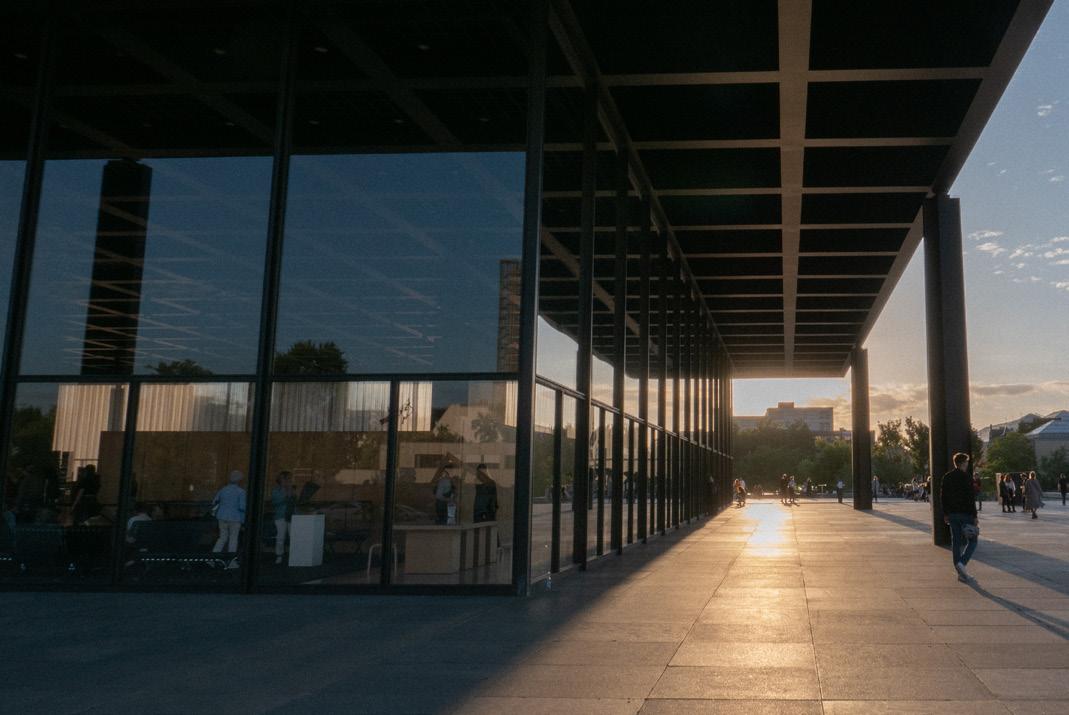
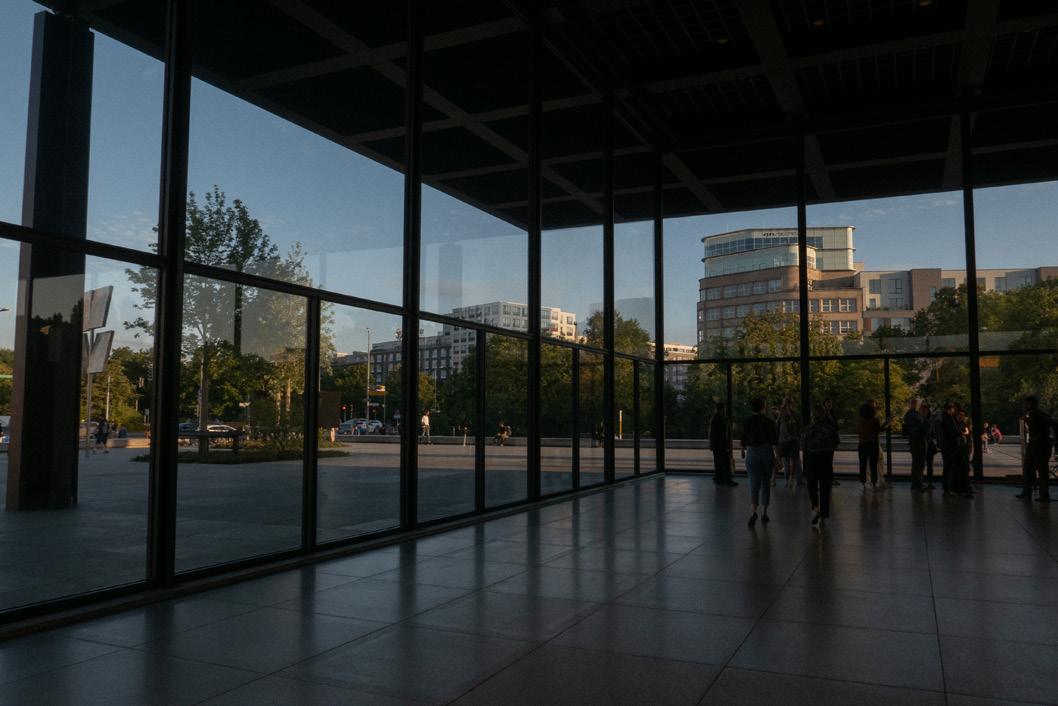
This summer, the principal exhibition showing is ‘the Art of Society’ which includes works from the 1900’s to 1945. Alongside an aesthetic history of the styles and artistic movements that developed in this time (including Cubism, Sur realism, Dada and Expressionism), information about the social and historical context of this time is also given. The exhibition includes the
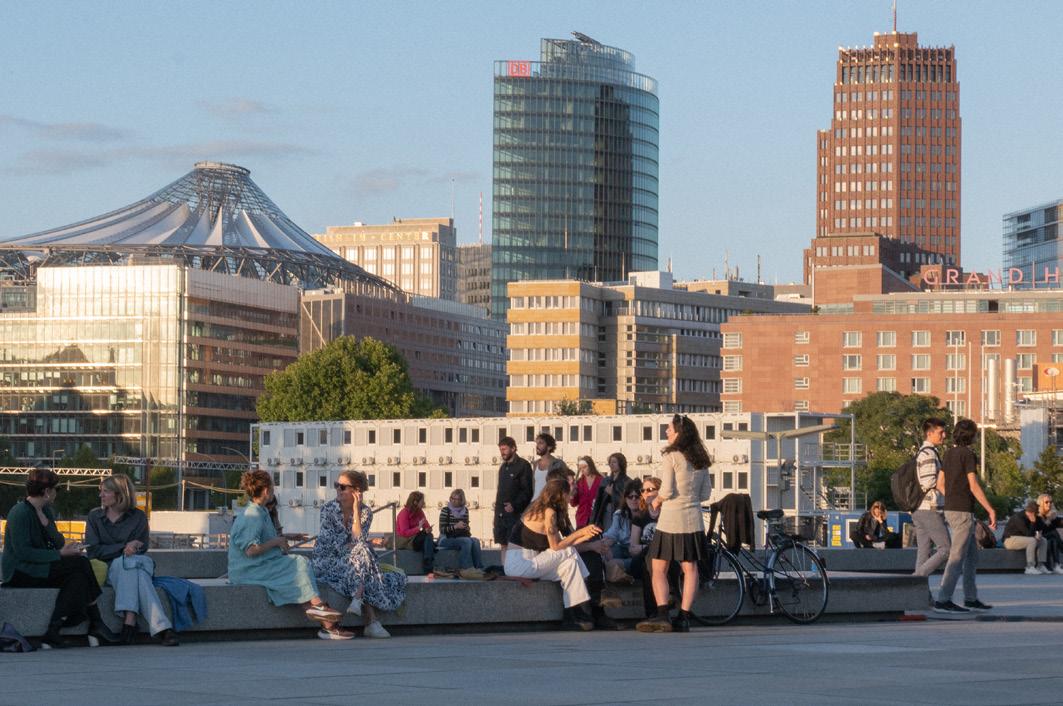
impact the first half of this century had on the art world, focusing on pivotal events like the First World War, the ‘Golden’ 20’s, the Weimar Republic, the rise of Hitler, World War 2 and the Holocaust.
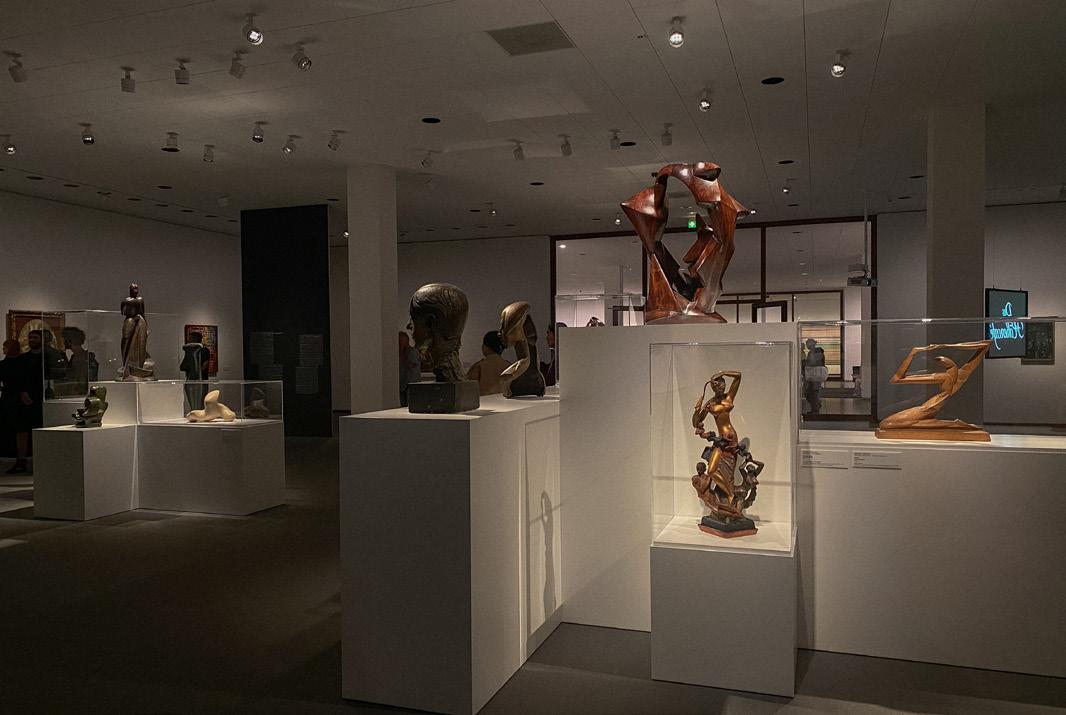
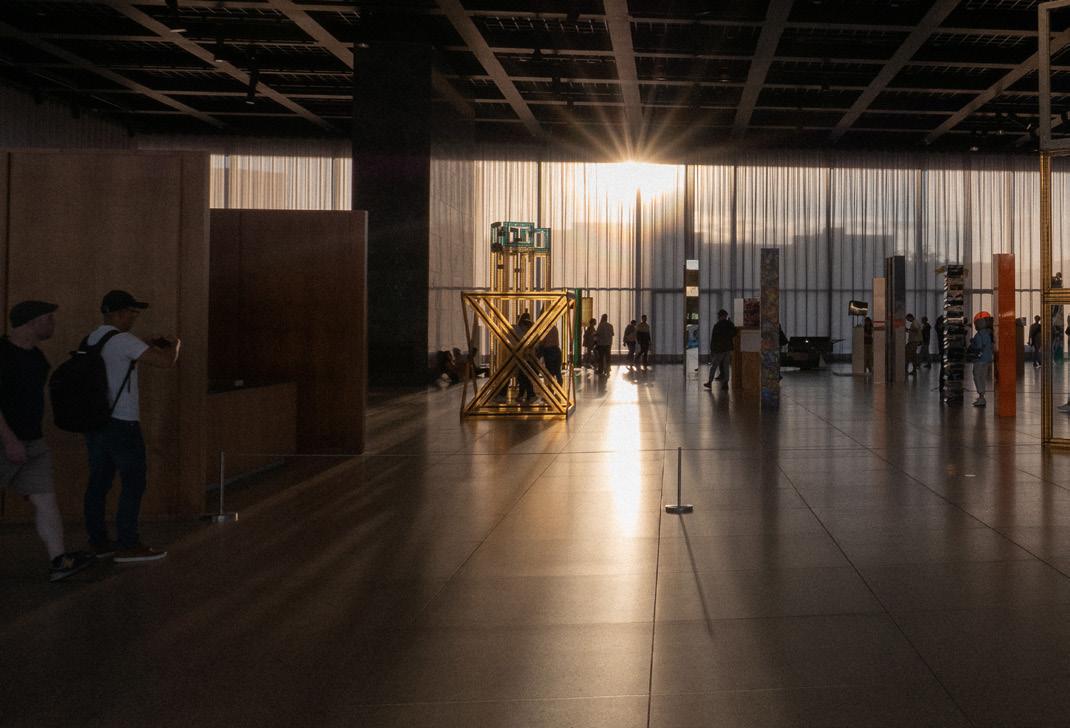
Owing to the intentionally open space of the exhibition, there is no clear path in which to visit it. This allows you to wander freely - your curiosity acting as your guide through the artworks. The way you flit back and forth between time periods evokes a feeling of change through the tumultuous history documented here. Make sure to wander outside to the sculpture garden too: a tranquil space carved into the ground containing sculptures, plants and a water feature. One of the other exhibitions on show is Gerhard Richte’s ‘100 works for Berlin’. The principal focus of this exhibition is a series of
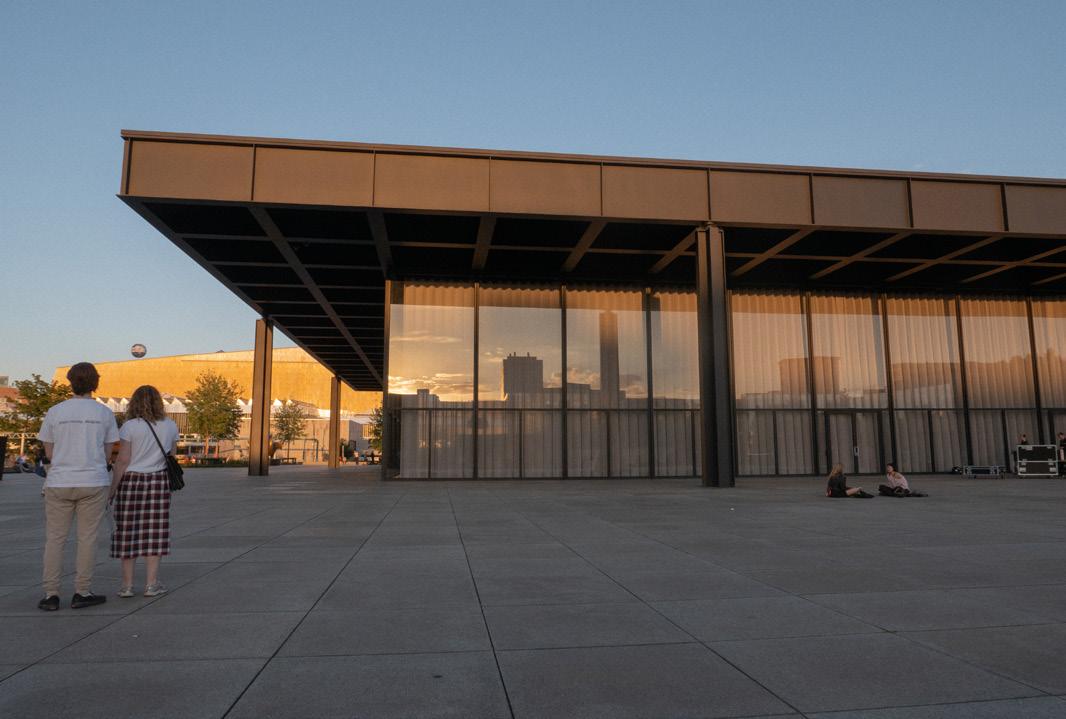
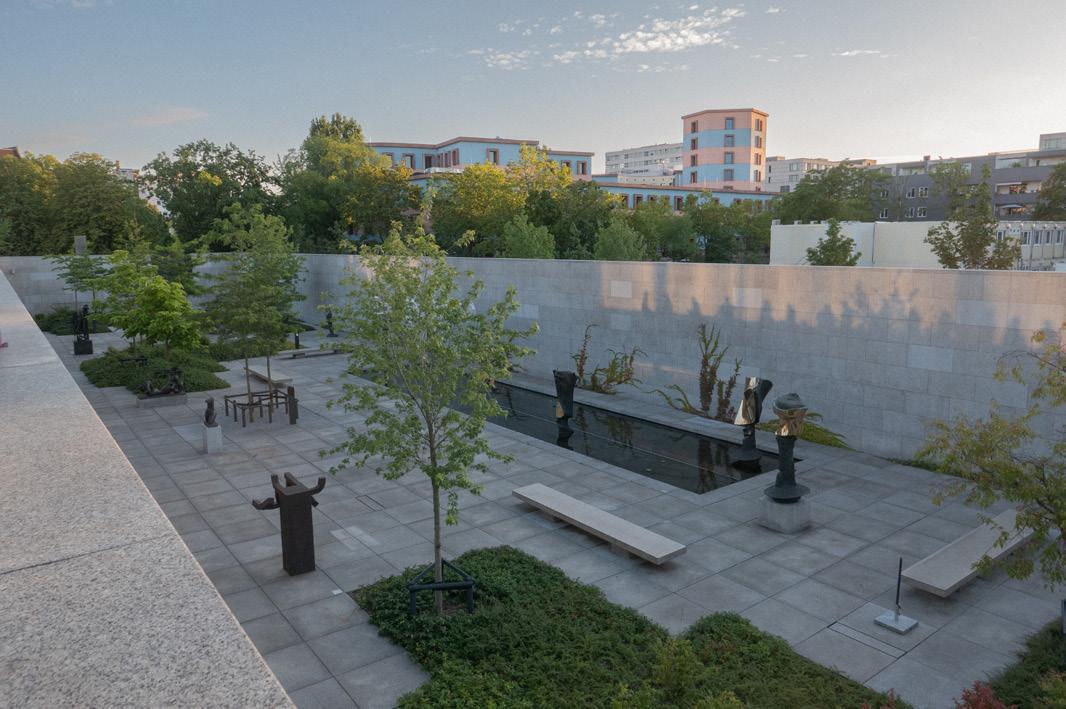
abstract paintings titled ‘Birkenau’. These paintings stem from images of Holocaust concentration camps, which Richter has covered in layers of paint until they are no longer visible. This process reflects his belief that realistic depiction of the Holocaust cannot sufficiently capture the horrors endured. Instead, the abstract paintings allow the viewer to conduct their own deliberation. This emphasis on the viewer’s own reflection is continued with the mirrors Richter uses. Facing the paintings are four grey mirrors which allow reflection of both the paintings themselves and the viewer too.
Also on show, is a collection of Judit Reigl’s dynamic abstract and figurative paintings titled ‘Force Fields’ and ‘75/75’, a celebration of Isa Genken’s 75th birthday, with 75 of her colourful and eclectic sculptures. WA
